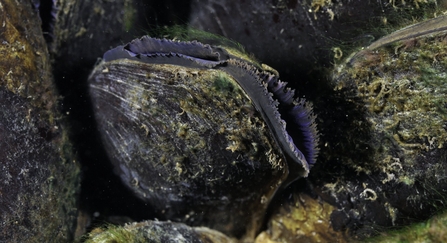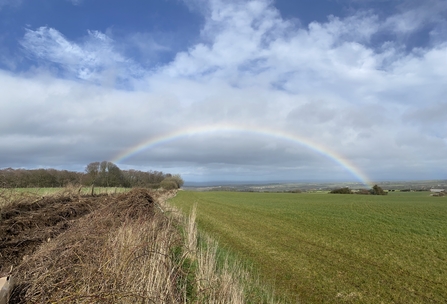Wonderful Whitby is a quintessential seaside town, popular with tourists and synonymous with its famous focal point abbey looming over the bustling harbour.
And amazing things are happening in that harbour.
Hidden beneath the walls some of the most innovative efforts to combat the effects of climate change, restore lost habitats and improve water quality are taking place.
New man-made marine habitats including a living sea wall, rock pools and hanging fish shelters are being installed as part of a pilot project which will pave the way for future coastal restoration.
The efforts are part of Better Estuaries and Coastal Habitats (BEACH) Esk, a collaboration between the Environment Agency, Groundwork North East & Cumbria and Yorkshire Wildlife Trust, supported by local landowners, Scarborough Borough Council, Yorkshire Water and community groups.
Water quality in Yorkshire’s estuaries is adversely affected by human activity in the harbours as well as in the river tributaries that lead to the estuaries and coasts.
Historic land reclamation for industry and sea wall construction – a problem known as ‘coastal squeeze’ – has also led to a loss of habitat for the migratory Atlantic salmon and sea trout, and other species such as sea lamprey and the European eel.
The Esk estuary is also home to the rare and endangered freshwater pearl mussel, which depends on trout to complete its life cycle.


